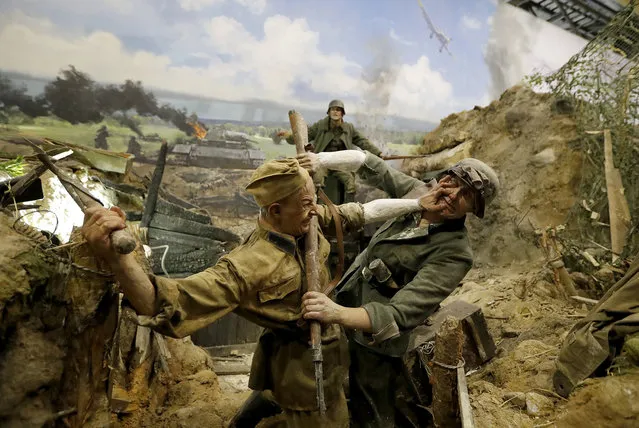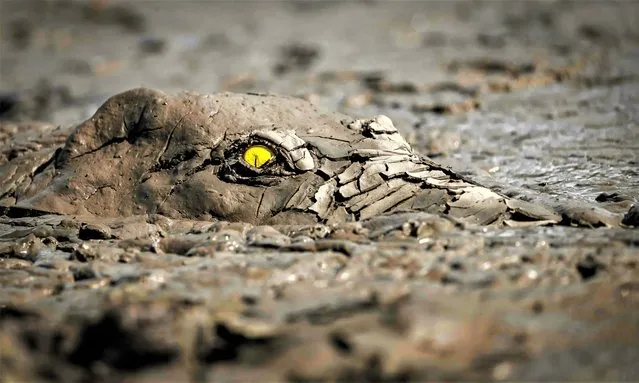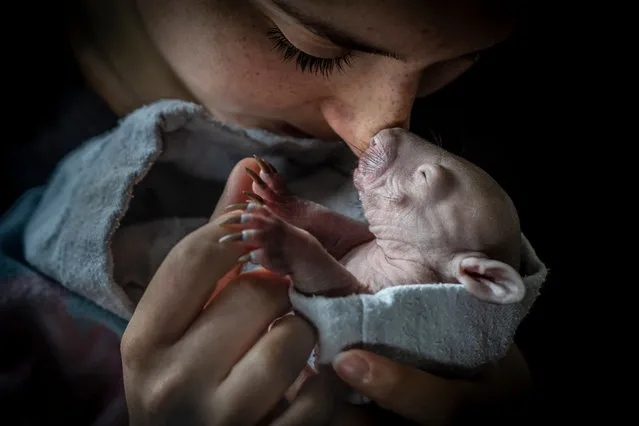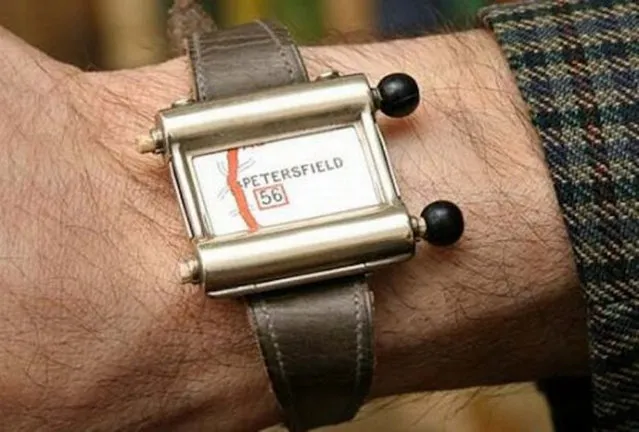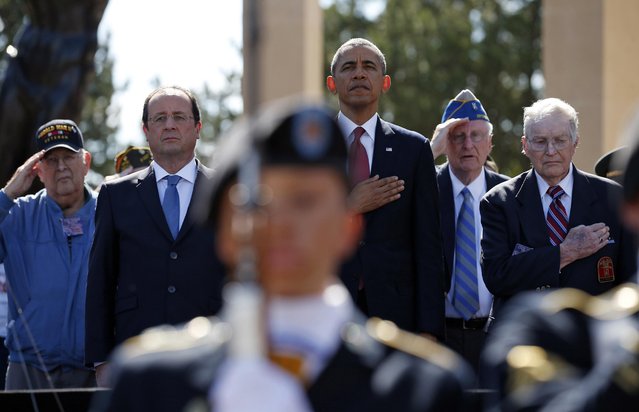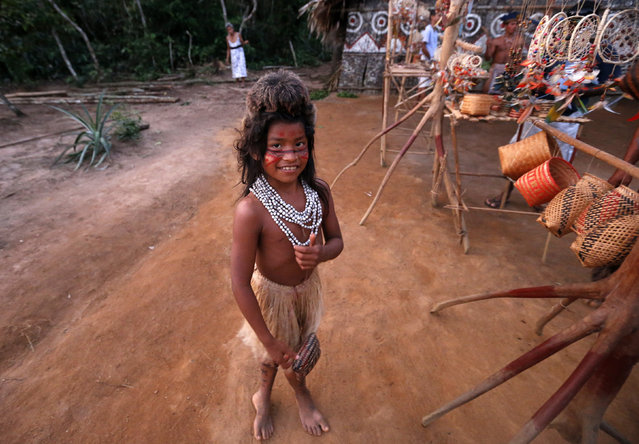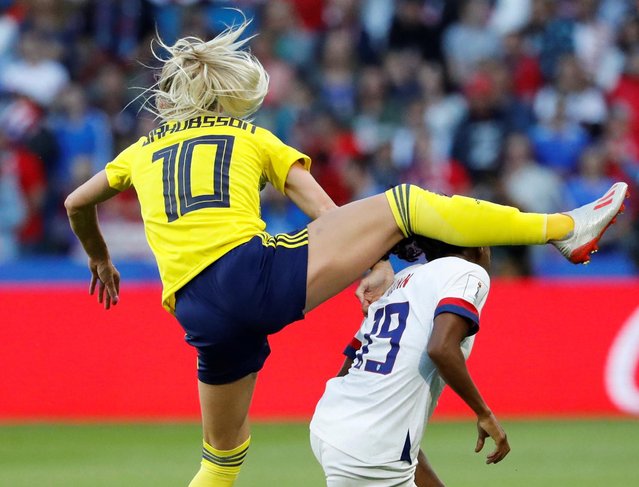
United States' defender Crystal Dunn (R) vies for the ball with Sweden's forward Sofia Jakobsson during the France 2019 Women's World Cup Group F football match between Sweden and USA, on June 20, 2019, at the Oceane Stadium in Le Havre, northwestern France. (Photo by Bernadett Szabo/Reuters)
24 Jun 2019 00:03:00,post received
0 comments

